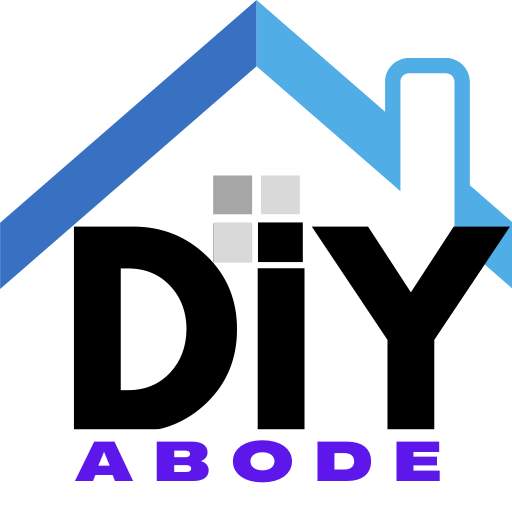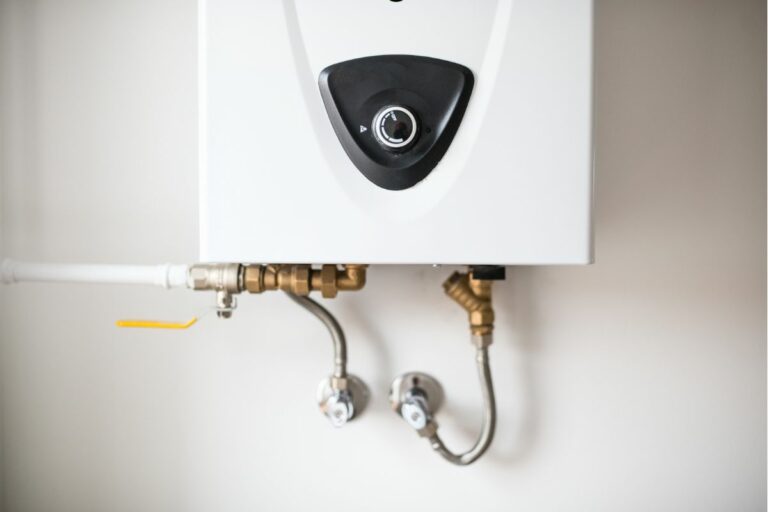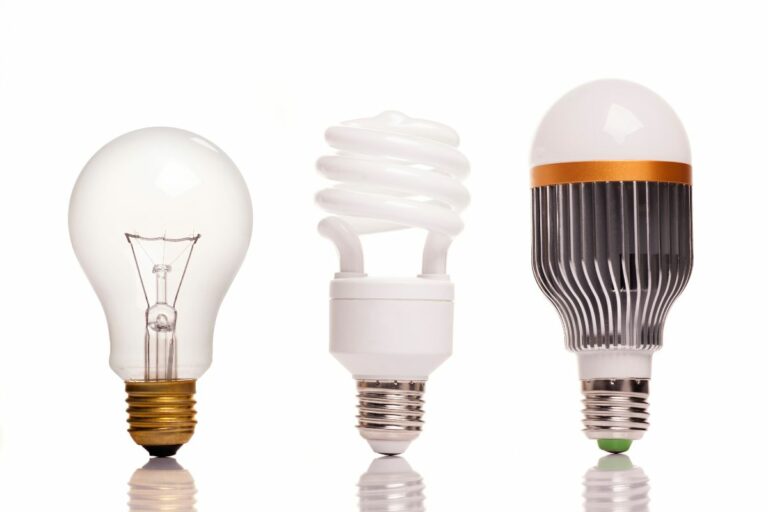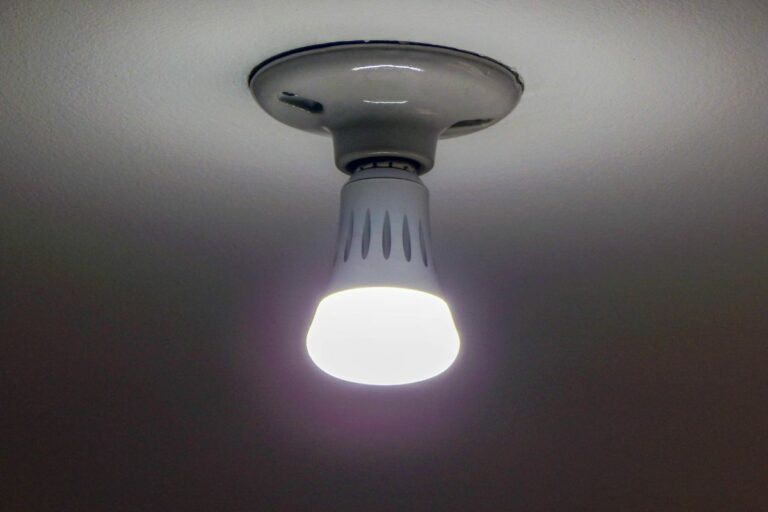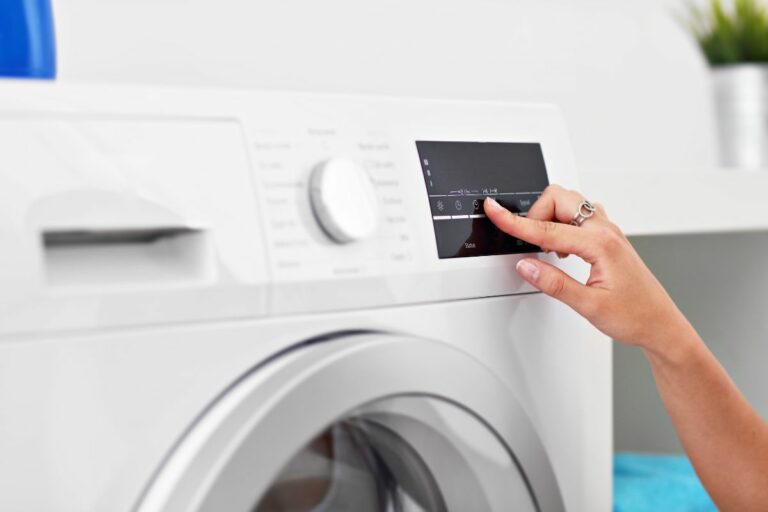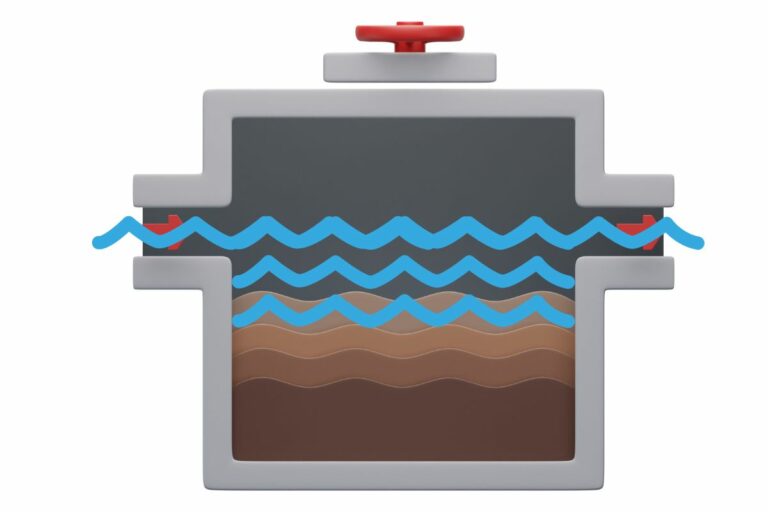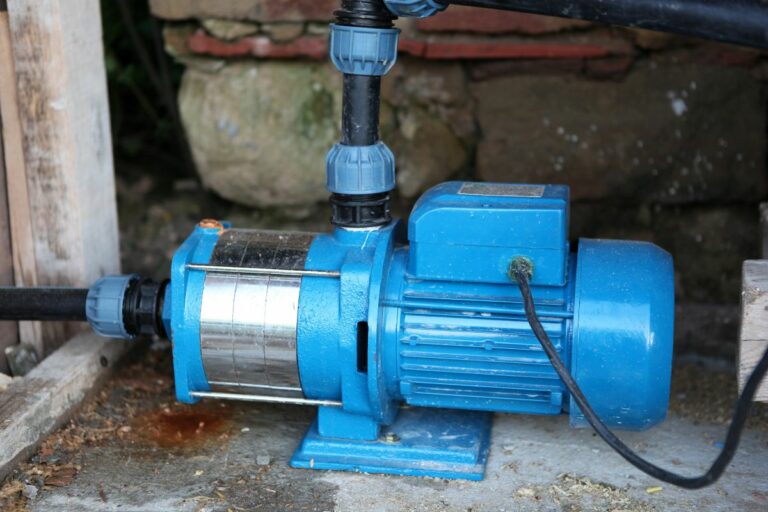Should Lysol And Bleach Be Mixed: Better Be Safe than Sorry
You may have heard that Lysol and bleach should not be mixed, as it can create dangerous chemical reactions. But what is Lysol and bleach, and why should they not be mixed together?
Lysol and Bleach, when mixed together, creates a toxic byproduct, chloramine gas which is a irritant. Exposure to chloramine cause teary eyes, runny nose, sore throat, coughing, and chest congestion.
In this article, we’ll discuss the dangers of mixing Lysol and bleach, learn which cleaning products should never be combined, and discover if you must wear protective gear when using these agents.
What is Lysol?
Lysol is a disinfectant and cleaning product that can be used in many different areas of the home.
It’s known for killing germs, bacteria, and viruses on surfaces such as countertops, sinks, toilets, and floors.
Lysol works best when used to clean hard non-porous surfaces like those listed above. It’s also effective at removing odors from fabrics.
It’s important to note that mixing Lysol with bleach shouldn’t be done as it can cause dangerous fumes.
List of things Lysol cleans best
You’ll be amazed at the many surfaces and items Lysol can quickly clean – from floors to countertops, toilets to sinks!
Lysol is a household cleaning product that contains active ingredients like sodium hypochlorite or chlorine bleach.
It also includes hydrogen peroxide for additional cleaning power, as well as baking soda and peracetic acid.
These components work together to create a powerful cleaning solution that effectively breaks down dirt, grime, grease, and even germs.
Lysol is perfect for all kinds of hard surfaces, such as:
it can easily remove tough stains without discoloring fabric or leaving behind any residue.
With Lysol, you can have peace of mind knowing your home has been properly cleaned with a reliable product that does the job right every time.
What is Bleach?
You may have heard of bleach as a powerful cleaner, but what exactly is it and what does it clean best?
Bleach is a chemical solution made up of sodium hypochlorite, water, and sometimes other additives.
It works by releasing oxygen ions that dissolve dirt and grime from surfaces, making it a great choice for cleaning.
In addition to being tough on dirt and germs, bleach also excels at removing stains caused by rust or mildew.
List of things bleach cleans best
You can use bleach to clean a wide range of things, so having some around is always handy!
Bleach is most often used for cleaning items such as:
Bleach also has many other uses beyond just general surface cleaning.
It can be used for disinfecting hard-to-reach places like cracks or crevices, removing tough stains from fabrics such as carpets or upholstery, whitening laundry items like white shirts or sheets, and even clearing out moldy areas in bathrooms or kitchens where moisture has built up over time.
With its wide range of uses and effectiveness against germs and bacteria, having some bleach around the house is always a good idea!
Chemical reactions from Lysol and Bleach

If you mix Lysol and bleach, you’ll create a range of chemical reactions that produce byproducts, such as chloramine gas.
Chloramine gas is dangerous and can cause health problems if inhaled.
If you’re exposed to the gases, it’s important to immediately remove yourself from the area and seek medical help if necessary.
Byproducts of the reaction of Lysol and Bleach
Don’t even think about combining these two – the byproducts of the reaction could be dangerous!
When Lysol and bleach are mixed, it can result in the production of hazardous and toxic fumes.
These fumes contain compounds such as chlorine gas, drain cleaners, and oven cleaners which can cause irritation to eyes, skin, throat and lungs.
Additionally, there may also be chemical reactions that occur when mixing Lysol and bleach that can produce an even more toxic environment.
Not only do these two items already have their own disinfecting properties but they should never be combined due to the serious health risks it presents.
Therefore, it is important for individuals to understand the dangers of mixing these two materials before attempting any combination.
How dangerous is chloramine gas
Now that we’ve discussed the byproducts of mixing Lysol and Bleach, let’s take a look at how dangerous these chemicals can be.
Chloramine gas is the most dangerous chemical reaction from combining these two cleaning products.
It forms when chlorine reacts with ammonia in toilet bowls or other areas where both of these cleaning products have been used.
In extreme cases, it may even lead to death due to the inability to breathe properly.
Therefore, it’s important to avoid mixing Lysol and Bleach as the combination can produce this deadly gas.
What to do if you are exposed to the gases
If you find yourself in an area where chloramine gas has been released, it’s essential to take swift and appropriate action to protect your health.
Chloramine gas is created when household cleaning products like bleach and lysol are mixed together, creating a deadly combination of toxic gases.
Exposure to these gases can have serious consequences for your health, with symptoms appearing within short periods, including irritation of the mucous membranes, coughing, dizziness, and headache.
It’s important not to underestimate the danger posed by common household cleaning products; they can be fatal if mixed incorrectly.
To avoid exposure to chloramine gas, it’s advised that no two household cleaning products should ever be mixed together at any one time.
What to do when unwanted chemicals are mixed?
Absolutely never combine chemicals, for it can be hazardous to your health. If you find that Lysol and bleach have been accidentally mixed, take immediate steps to protect yourself from potential danger.
First, open windows or doors to ventilate the area and evacuate yourself and any other people as soon as possible.
Stay away from the area until all the fumes have cleared; if necessary, contact local authorities to help with ventilation.
Dispose of contaminated items in accordance with local regulations; do not attempt to wash them or dump them down a drain or toilet.
Immediately seek medical attention if you experience any adverse reactions after exposure to Lysol or bleach mixtures.
It’s also important to always read labels on cleaning products prior to use so that correct safety procedures can be followed at all times.
What cleaners should not be mixed?
You never want to mix certain cleaners, as it can be dangerous for your health and well-being. Lysol and bleach are two such cleaners that should not be mixed together.
Combining these two chemicals can release toxic chlorine gas, which is highly corrosive and can cause serious respiratory issues if inhaled.
Additionally, mixing the two products may produce a solution that is less effective than either product used separately, making their use in combination counterproductive.
It’s important to always read the labels on any cleaning products before combining them.
If they don’t specifically state that they can be combined safely, then it’s best to assume that doing so could have negative consequences.
Furthermore, when possible, it should always be done in a well-ventilated area with protective clothing such as gloves and goggles.
Following this advice will help protect your health while keeping your home clean and sanitary.
Should you wear a mask when Using cleaning agents
Breathing in cleaning agents can be hazardous to your health, so it’s essential to wear a mask whenever you use them.
Wearing the appropriate type of mask is key; for example, if you’re using Lysol or bleach, it’s recommended that you use an N95 respirator.
This type of mask will filter out 95% or more of any particles that may be released while using these cleaners.
Additionally, the masks should fit snugly on your face and cover both your nose and mouth without any gaps where air might escape.
Furthermore, when wearing a mask with cleaning agents like Lysol or bleach, it’s important to not touch the outside of the mask at all during use as this could contaminate its surface and reduce its effectiveness.
Make sure also to discard disposable masks after each usage and wash cloth masks thoroughly in hot water between uses.
Taking these precautions will ensure that breathing in cleaning agents doesn’t become a hazard to your health.
Frequently Asked Questions
safety precautions to be taken when mixing Lysol and Bleach?
You should take extreme safety precautions when mixing Lysol and bleach, as combining the two can release toxic chlorine gas.
Wear protective eyewear, a face mask, long rubber gloves, and old clothing to avoid exposure to hazardous fumes.
When mixing the two substances, be sure you have proper ventilation in your workspace. Only mix them outdoors or in a well-ventilated area away from anyone else.
Always add the Lysol first before adding bleach; never add bleach first as this can cause an even more dangerous reaction.
Finally, make sure to carefully read all labels on each product prior to mixing them together and follow all manufacturer instructions for safe usage.
Are there any health risks associated with mixing Lysol and Bleach?
Mixing Lysol and bleach can be dangerous, as it produces chlorine gas which is toxic.
Inhaling the gas can lead to difficulty breathing, coughing, chest pain, irritation in the throat and eyes, or even more serious conditions such as pulmonary edema.
Additionally, it can cause skin irritation when coming into contact with the mixture.
Therefore, taking the necessary safety precautions when mixing these two cleaning agents is important.
What are the environmental impacts of mixing Lysol and Bleach?
Mixing lysol and bleach can be dangerous for the environment.
The combination of these two chemicals creates a poisonous gas called chloramine which is harmful to wildlife, plants, and water sources.
Chloramine can also linger in the air, leading to respiratory issues for people in the area.
If you must use both lysol and bleach together, make sure that it’s done outdoors in an open space with plenty of ventilation.
Additionally, never mix concentrated forms of either chemical as this’ll increase the risk of environmental damage.
How do you dispose of any leftover Lysol and Bleach mixture?
If you have a leftover mixture of lysol and bleach, it’s important to dispose of it properly.
Never pour the mixture down the drain or flush it down the toilet as this can contaminate local water sources.
Instead, absorb the mixture with an inert material such as kitty litter or sawdust and then place in a sealed plastic bag before disposing of it in your regular trash container.
Always be sure to check if your municipality has any special waste disposal requirements for household chemicals.
Are there any alternative solutions to mixing Lysol and Bleach?
If you’re looking for an alternative solution to mixing lysol and bleach, there are several options available.
You can look into using natural, non-toxic cleaners such as white vinegar and baking soda.
These products have antibacterial properties without the harshness of chemical cleaning agents.
Additionally, you could opt for a homemade detergent that uses ingredients like castile soap, washing soda, and hydrogen peroxide.
Finally, many eco-friendly store-bought all-purpose cleaners will do the job safely and effectively.
The Takeaway
It’s important to know what not to mix when cleaning. Lysol and bleach should never be mixed, as this combination creates a toxic gas.
Not only is it dangerous to breathe in the fumes, but it can also cause damage to your skin and eyes.
It’s best to use separate products for different jobs, such as using Lysol for disinfecting surfaces and bleach for whitening clothes.
For even more safety precautions, you should wear masks and gloves when using any cleaning agent or solution, especially if they’re chemical-based.
Knowing what cleaners shouldn’t be mixed with is key to preventing accidental exposure to hazardous materials.
